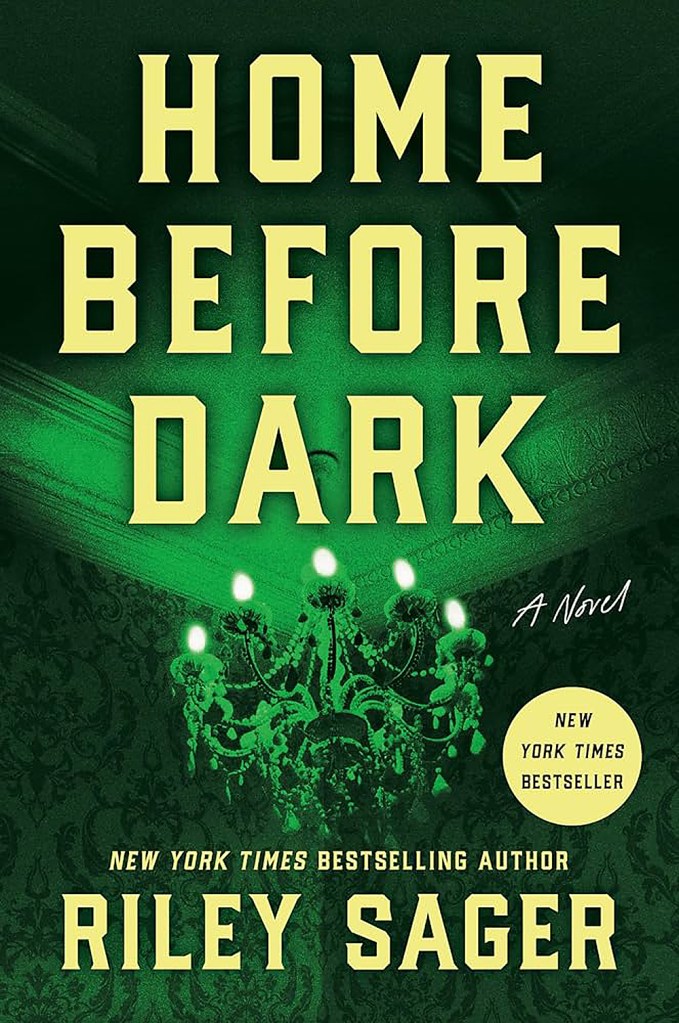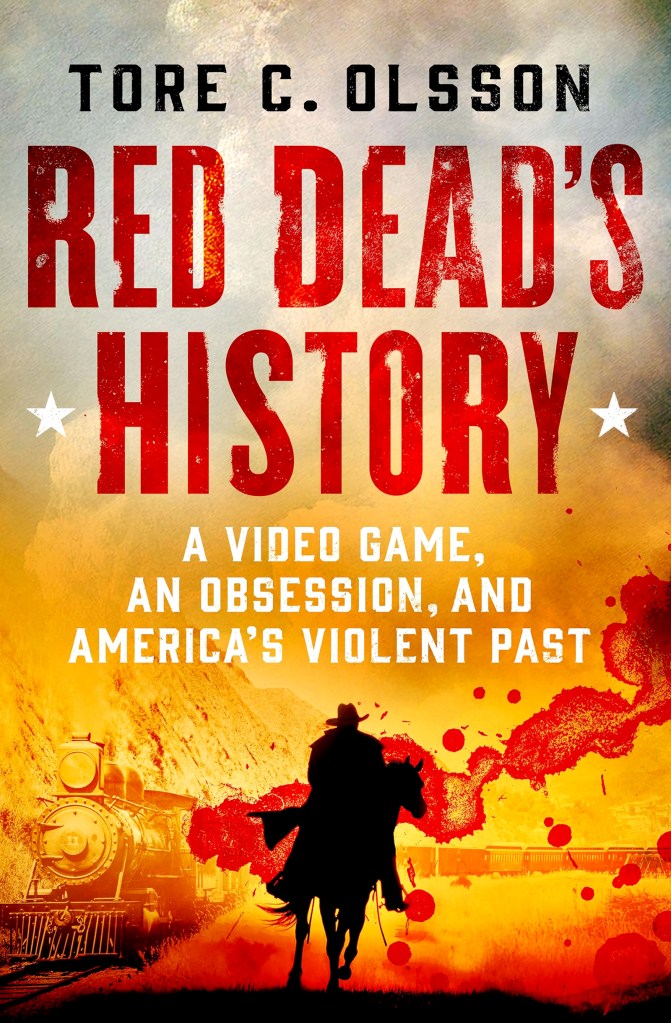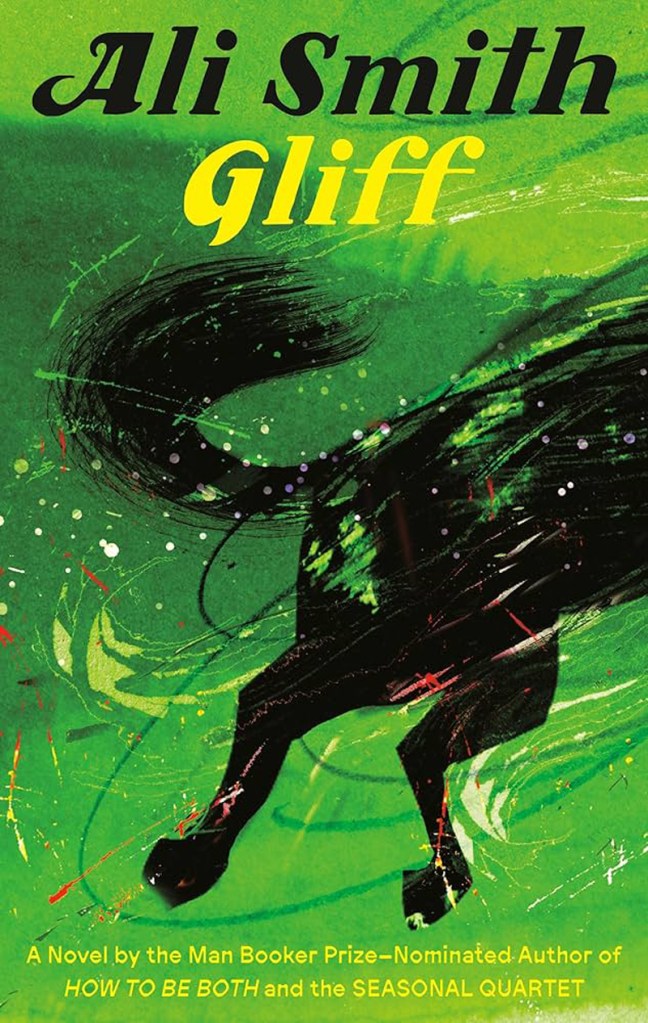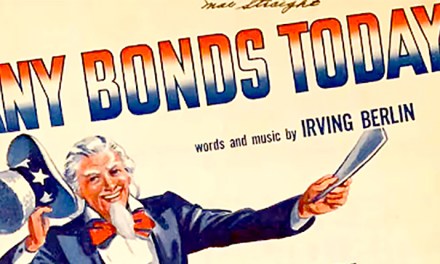
“Home Before Dark” by Riley Sager
As a child, Maggie Holt was uprooted from her home and placed in Baneberry Hall. Though her memories of the estate have long since faded, the chilling details of her time there live on in the pages of her father’s infamous book, “House of Horrors.”
Ewan Holt, a struggling writer, was given the opportunity of a lifetime — to write a serious novel. Yet, inspiration eluded him. Desperate for a story, he moved his family to Baneberry Hall, a mansion shrouded in mystery and unsettling whispers. Surely, the eerie atmosphere would be enough to spark his creativity. But the horrors that unfolded within its walls not only shaped his novel— they haunted the Holt family for the next 25 years. On the bright side, “House of Horrors” became the bestselling novel of Ewan’s career.
After Ewan’s death, Maggie, now an independent 30-year-old, unexpectedly inherits the very estate she believed had long since been sold — Baneberry Hall. The house her family fled from in the dead of night, claiming it was haunted.
“House of Horrors” tells a terrifying tale of ghosts and death, a story so chilling that the surrounding town learned to steer clear of the foreboding mansion. But Maggie wants nothing to do with the past. Her plan is simple — renovate Baneberry Hall and sell it to the next unlucky owner.
However, the house has other plans.
When bones rain from the ceiling, music drifts through empty halls and bells chime with no one around, Maggie realizes she has more to uncover than just a haunted house. Hidden within Baneberry Hall’s walls is a decades-old mystery — a missing girl whose story has remained buried for 25 years. And, the key to unraveling the truth may not lie within her father’s novel, but within her own clouded memories.
“Home Before Dark” is one of my favorite Riley Sager novels as it offers a fresh take on the classic haunted house story with a twist only Sager could pull off. The narrative is split between two perspectives — her father’s novel and Maggie’s — adding depth to the mystery. Just when you think you’ve figured it out, Sager surprises you with even more clever twists, keeping you hooked until the very end.
It’s a masterclass in suspense, with a conclusion that’ll leave you reeling. For more Riley Sager, I strongly recommend “The Only One Left,” “Lock Every Door” and “Middle of the Night.”
— Review by Dalton Bennett, Paul Sawyier Public Library

“Red Dead’s History: A Video Game, an Obsession, and America’s Violent Past” by Tore C. Olsson
Video games aren’t usually the first place people turn to for historical analysis, but “Red Dead Redemption 2” and its predecessor have sparked curiosity about America’s past in a way few games have. In “Red Dead’s History,” historian Tore C. Olsson takes that curiosity a step further, breaking down the real events, people and conflicts that inspired the world of “Red Dead Redemption.”
Olsson expertly critiques how the game portrays history in different regions of America. He explains where it’s surprisingly accurate, where it takes liberties and what it leaves out entirely. He connects in-game characters, towns and events to their real-life inspirations, highlighting the struggles over capitalism, race and lawlessness that defined the late 19th and early 20th centuries. The book reveals just how much historical depth the game draws from while also reminding readers that nostalgia for the Old West often overshadows its harsher realities.
One of the more immersive aspects of “Red Dead” is its attention to detail, from period-accurate weaponry and outfits to the way different breeds of horses behave and interact with their riders. Olsson touches on how even this element is rooted in history, as horses played a crucial role in frontier life, whether for outlaws, lawmen or settlers. His analysis makes it clear that while the game may romanticize the past, it also captures elements of reality in unexpected ways.
For fans of the “Red Dead” games, Olsson’s book offers a deeper understanding of the stories behind the gunslingers and outlaws. For history buffs, it’s a fascinating look at how popular media shapes our perception of the past. Either way, “Red Dead’s History” proves that even a video game can be a gateway to serious historical discussion.
— Review by Nick Buchner, Paul Sawyier Public Library

“Gliff” by Ali Smith
It takes a really special book to pull me into the dystopian world or a very special author. I have read several books by author, Ali Smith. Her work has been shortlisted four times for the Man Booker Prize, given each year for the best single work in sustained fiction published in the United Kingdom or Ireland. She pays special attention to words and in this novel, the idea of freedom.
The children, Briar and Rose, last saw their mother working in a hotel, but she is not on the list of employees there. She told them that she had to go abroad to help her sick sister. But mom is actually a whistleblower who reported the weed-killer company for toxic chemicals.
Mom has raised her children to avoid screens and pay attention to words and what they mean. She has them read the dictionary, as well as other books she has saved from destruction.
Mom’s boyfriend, Leif, takes the children to an abandoned house and leaves them with some money and the promise to return for them soon. But he doesn’t.
While exploring the area, Rose discovers a field with seven “beautiful and mangy” horses. The gray horse has been sentenced to death, the farmer’s son tells Rose, because he is too frightened to be useful to the farmer, who says he’s too gliffy. But Rose treats him kindly and names him Gliff.
The farmer’s son asks for their names, but they give him fake names. He asks why they are not wearing their educator on their wrist, but they say they left it at home.
Later, Briar finds a neighborhood where he sees a machine called “Supera Bounder” that paints red lines around property marking them for destruction. Sometimes the machine paints the line around a person.
The children “purchase” Gliff with the money that Leif gave them. Horses are known for their strength and are associated with travel and adventure. Gliff becomes a member of their family. When the children eventually become labeled as “unverifiables,” the worst class of people in society, it is the horse who helps them escape to a different kind of freedom.
Smith uses this novel to not only tell the story of children in peril, but it also is a glimpse of where our current world might be taking us.
— Review by Lizz Taylor, Poor Richard’s Books

“Three Days in June” by Ann Tyler
Tyler’s books often deal with a dysfunctional family. An early novel, “Ladder of the Years,” introduced a mother who disappeared at the beach during the family’s summer vacation. It was striking that when questioned by the police, none of her family could recall what she had been wearing or even the color of her hair that day.
This is one of Tyler’s slimmest novels, but she can still paint an accurate picture of three days of a familiar family event — the upcoming wedding.
Gail, mother of the bride, may have just lost her job. She learns from her retiring headmistress that another has been hired and will bring with her a replacement for Gail’s position as assistant.
Daughter, Debbie, is trying to accommodate her mother-in-law’s desire for the perfect small wedding even if it’s not what Debbie would choose.
Then, Gail’s ex, Max, shows up to stay at her house with a cat that he hopes Gail might adopt. His wedding attire includes only jeans and his wrinkled khaki sports coat.
Debbie learns from her sister-in-law that her spouse may have spent the night with an old girlfriend. Is the wedding called off? Debbie isn’t sure but Gail thinks it should be before Debbie becomes married to a cad, or worse, divorced from one.
This tale reveals the different sides of every character including Max’s cat. Tyler does this with empathy, revealing the human strengths, as well as the quirks of each character.
John Updike describes Tyler as “not merely good …. She is wickedly good!”
Tyler is a national treasure. If you’ve missed her previous 20-plus novels, this tale of Gail and her eccentric family and the complexities of love would be a delightful place to get acquainted.
— Review by Lizz Taylor, Poor Richard’s Books










